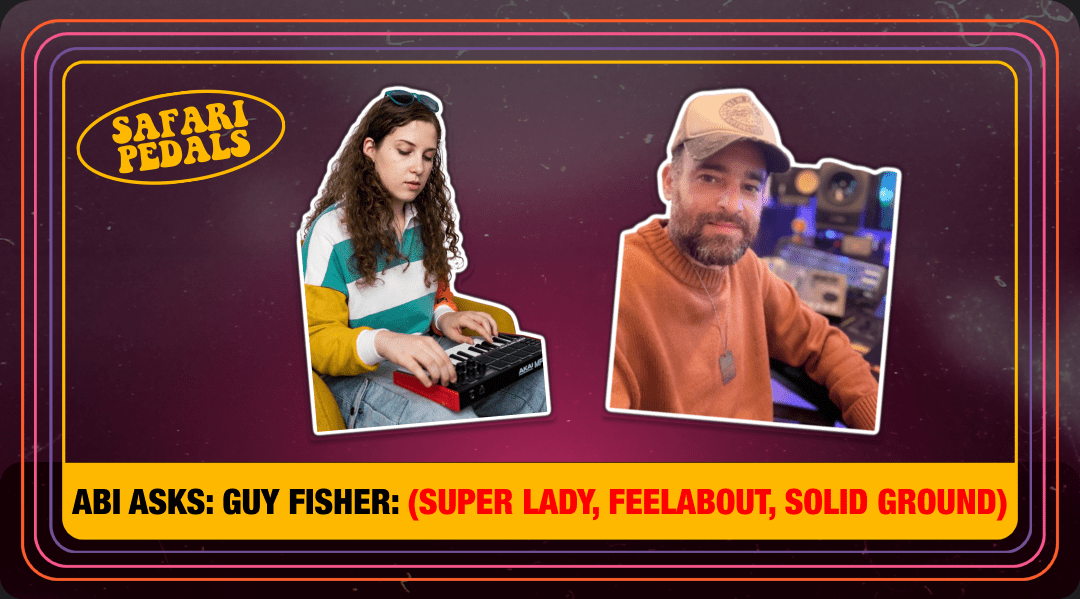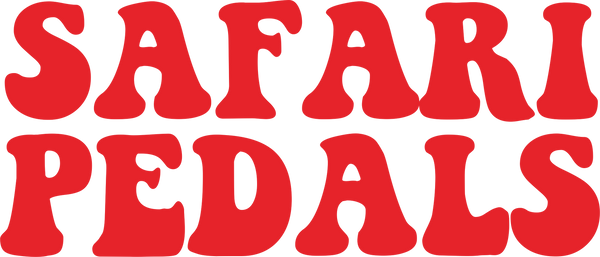
Deep Dive Into the World of Saturation: Mixing Tips
Abigail abi@safaripedals.comHey y’all!
Lately, I’ve been on a saturation revolution, exploring new ways to add texture and warmth to my productions and mixes. After experimenting with a variety of plugins and discovering what works best for me, I thought it would be a vibe-ullar slay to dedicate this blog post to a deep dive into the world of saturation.
On that warm note, I chatted with engineer Guy Fisher (Super Lady, Feelabout, Solid Ground) to get this take on the matter.
“What’s Your Approach to Saturation?”
I asked him: “What’s your approach to using saturation in your mixes? Do you have a certain philosophy when it comes to using it?”
He said: “When it comes to using saturation in my mixes, I see it as a way to bring life, warmth, and character to the tracks. My philosophy is rooted in “subtle enhancement rather than overstatement.” I aim to make the music feel more tangible and emotionally engaging, not to overpower it. For me, saturation isn’t just a “nice-to-have” effect - it’s a core tool for adding harmonic richness and depth. I often use it to give instruments like guitars, vocals, and drums a sense of presence, dimension, and attitude. I believe that a touch of saturation can evoke the analog warmth that makes music feel “real” and human. Working as a guitarist in Super Lady and a producer/mixing engineer, I always strive to balance the rawness of live energy with the polish of a studio production. With Safari Pedals’ plugins in Pro Tools, I can achieve this sweet spot. I love experimenting with different saturation styles - from subtle tube warmth to gritty tape-driven textures. I especially enjoy pushing the boundaries with guitars, letting the saturation color the tone just enough to make it stand out without stealing the show.
My approach is always about context. Some mixes call for subtle saturation that you “feel more than hear,” while others require a bolder, more upfront presence. I find it useful to layer different types of saturation on buses or individual tracks, shaping the tone with precision. It’s about finding the emotional resonance in the sound and enhancing that connection for the listener.
At the end of the day, I think of saturation as a way to communicate emotion. If the listener feels the intensity of a vocal or the power of a riff, I’ve done my job. Safari Pedals’ tools allow me to do just that, giving me the precision, warmth, and texture I need for every unique mix.”
Subtle Enhancement vs. Overstatement
I thoroughly enjoyed reading Guy’s insightful answer. One point that really stood out to me was the idea of “subtle enhancement rather than overstatement.” What a slay. I tend to lean a bitttt (aka alot..) aggressive when it comes to saturation, so this was great food for thought. It got me thinking about how I can enhance elements in my mix without “overstating” them. Though, I do love to crunch-ify sounds here and there hehe!
Using Saturation as a Core Tool
I also love his overall approach to saturation, how he integrates it into his workflow. He views it as a core tool rather than just a “nice-to-have” effect, using it to bring life, warmth, and character to the audio in his sessions. This has gotten me to rethink how I approach saturation in my own work- challenging myself to consider its context in the mix rather than just going wild with the crunch.
Final Thoughts
Guy’s insights were a great reminder to approach saturation with intention. It’s not ALWAYS about going wild with the crunch (though I'm definitely in the top percentile for doing that). Instead, it’s about finding the emotional resonance in every sound and enhancing it thoughtfully.
Thanks Guy for your insightful answer!
Catchy y’all next blog!
